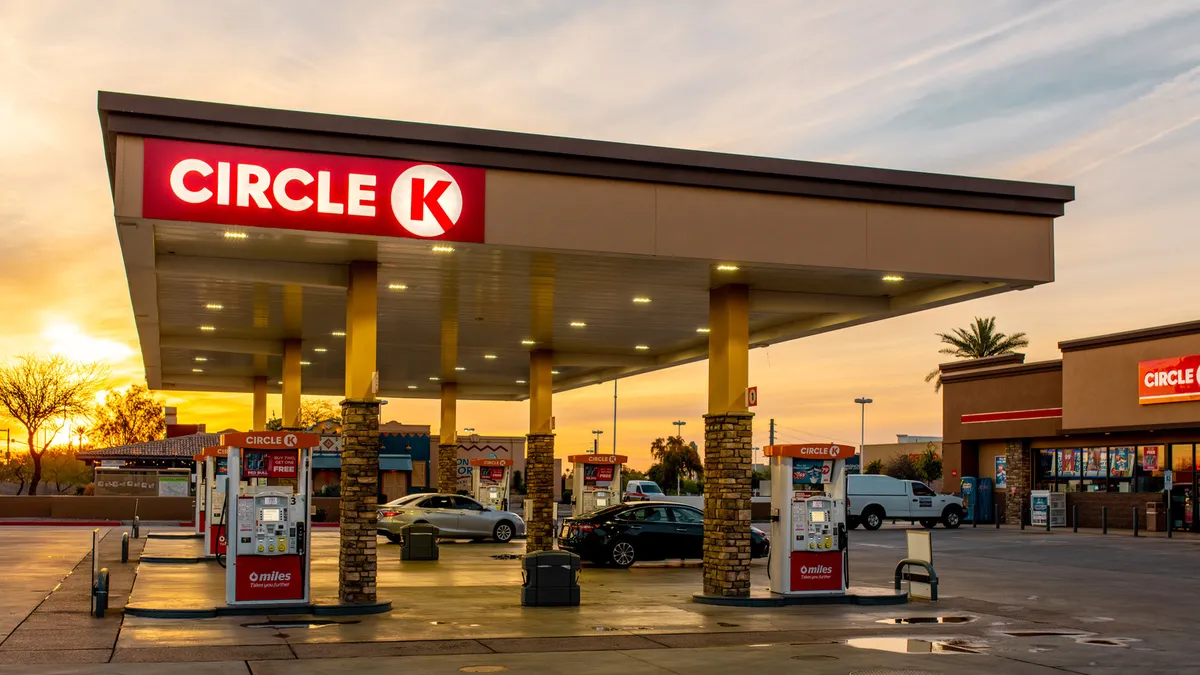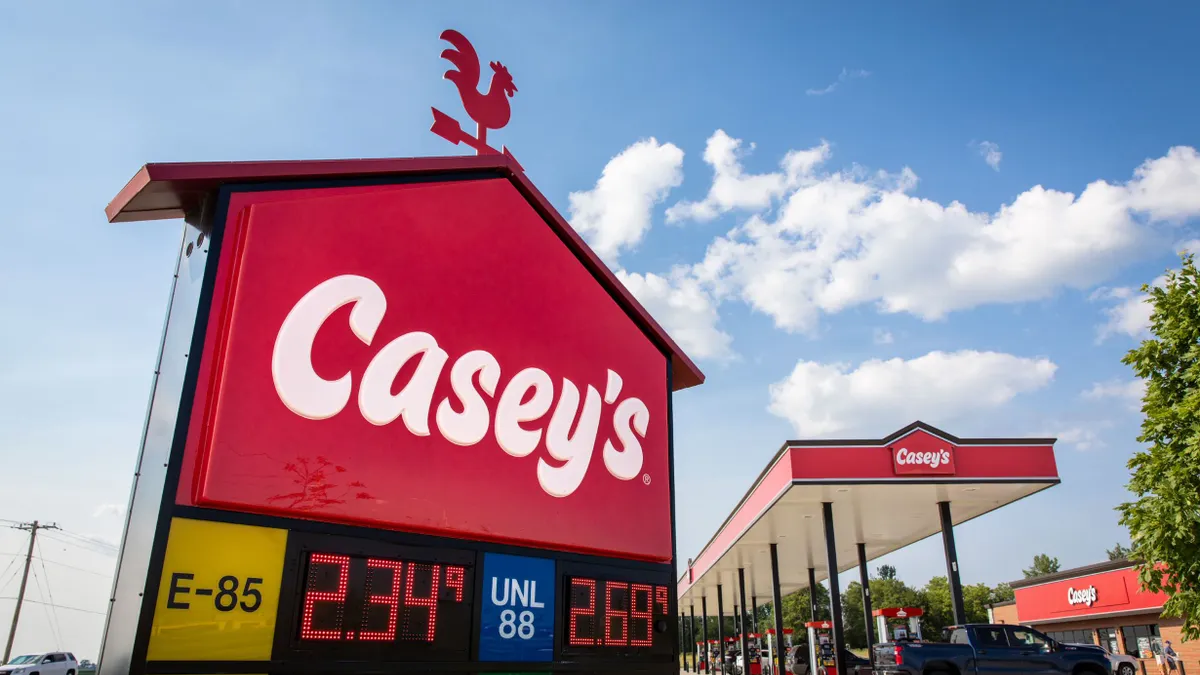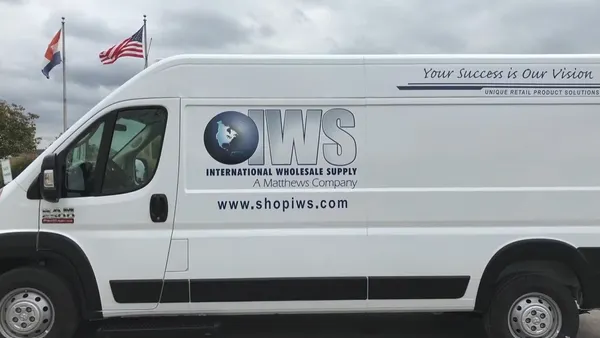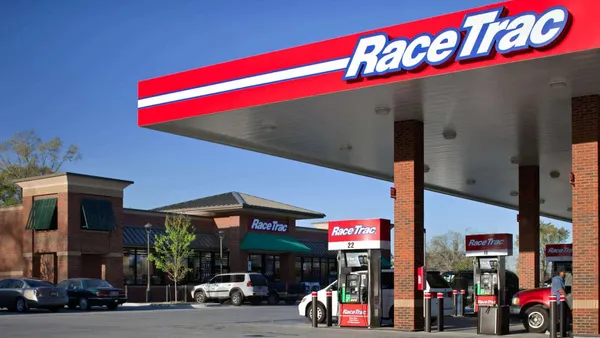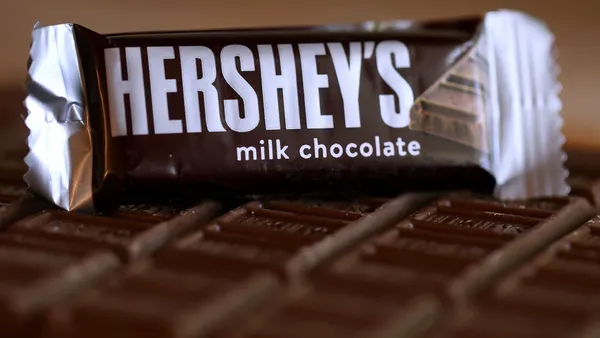LAS VEGAS — Casey’s launched its first loyalty program at its investor day in 2020. Expectations were high, and the program got off to a strong start — and then the pandemic threw a curveball at the whole operation.
“We were fast out of the gates with enrollment. We were celebrating some early success, and then the world changed in March as we all know,” Art Sebastian, Casey’s vice president of digital experiences, said Monday during a panel discussion at the Groceryshop conference in Las Vegas.
Still, Casey’s has grown enrollment in Casey’s Rewards to over 5.5 million shoppers across its more than 2,400 stores. The program, which is available as part of the company’s app, allows members to earn points for every dollar they spend in stores and for every gallon of fuel they pump into their cars, with the ability to apply points toward “Casey’s Cash,” fuel points or a donation to a local school. It also gives members a free pizza after they order 10, and frequently pushes product discounts to them.
Sebastian said more than half of all rewards members are utilizing the program inside the company’s stores on a monthly basis.
“They visit our stores more frequently, they spend more per transaction, they spend more annually and, quite frankly, they deliver more profit,” he said.
The more members use Casey’s Rewards, the more data the company is able collect on them and further personalize their offerings. Sebastian said Casey’s has been refining the data it gathers and trying to improve how it sends special offers to shoppers. After the pandemic hit, the company launched a customer data platform (CDP) with Salesforce, and has used that to unify customer information from multiple streams while also segmenting audiences.
“If they transact every morning with us, we can now call them a morning guest. So we’re starting to build that out,” Sebastian said.
He continued: “And then we're starting to lean into this idea of enriching that data with what are called second party data. So where do our guests shop when they're outside of Casey’s? You can work your way through various channels to get that data, put it in your CDP and really enrich it. So for us, it's about creating the right segments so we can shift more of our marketing toward segment marketing or individualized marketing.”
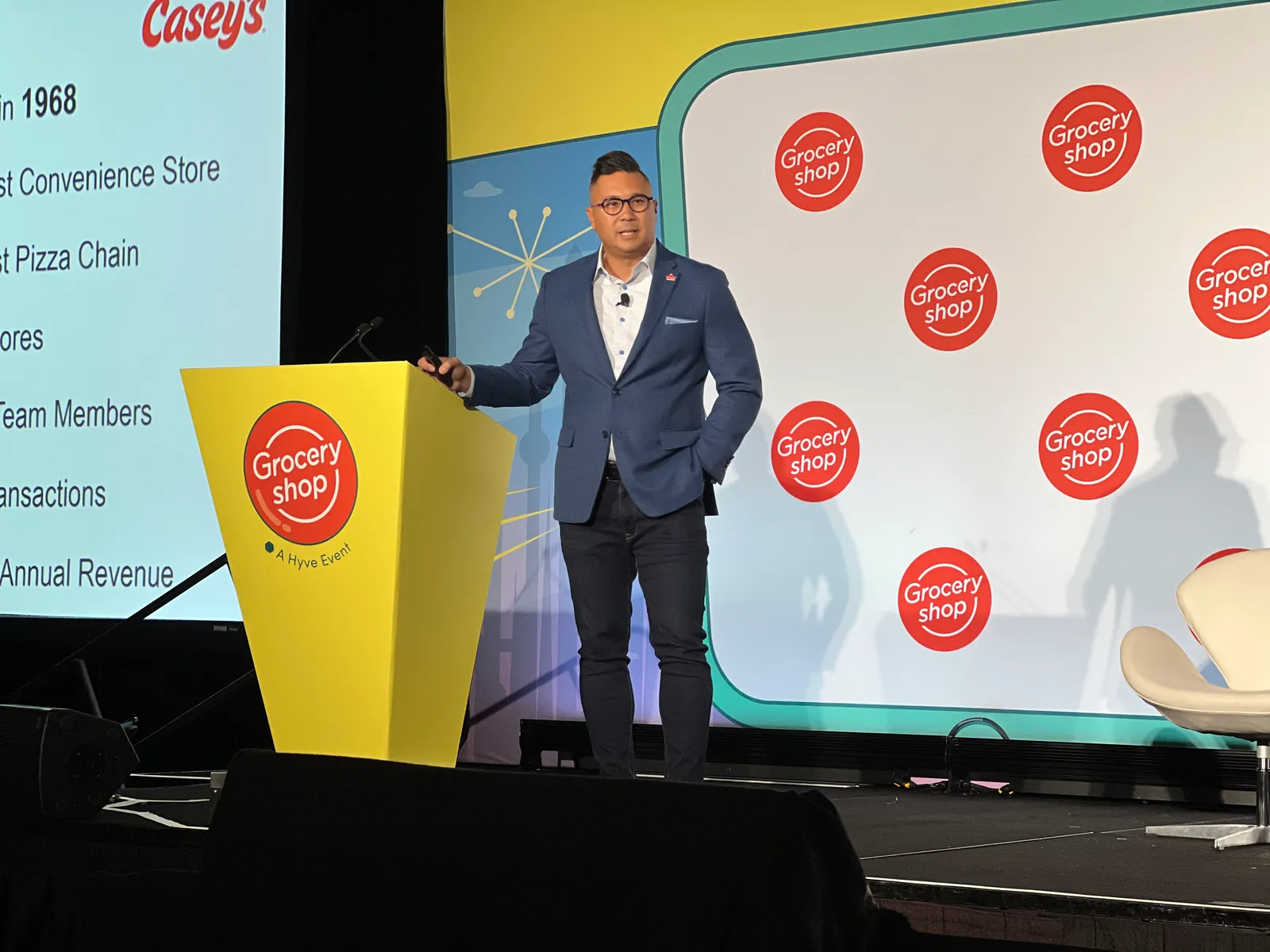
Sebastian said Casey’s is also in the early stages of using artificial intelligence to help send offers to members at the right time and through the right channel. The technology learns from shoppers’ behaviors and can adjust accordingly.
“We can … send the message early in the morning because that's when they tend to respond, or send it late at night, because that's when they tend to open up their email,” he said. “And then [we can] also optimize which channel we use, whether it's an email or an app coach, and then over time the content selection, like which images do they respond to.”
Sebastian said Casey’s is getting ready to “accelerate” its loyalty program in the coming months, but didn’t provide any details.
C-stores lag on loyalty
Panelists during the Monday afternoon session noted that conveniences stores have lagged other retail sectors in adopting loyalty programs.
Gary Hawkins, the panel’s moderator and the CEO of the Center for Advancing Retail Technology, pointed out that grocers have offered loyalty programs for three decades or more. “Why do you think it took so long for the c-store industry to catch up?” he asked the panel, which also included Patricia Vidaurri, loyalty program product head at Oxxo, a chain of c-stores based in Mexico, and Kevin Rice, executive vice president of sales and marketing for restaurants and convenience with digital agency Bounteous.
Rice pointed to a combination of structural challenges and a slowness to adapt.
“There’s a lot of underlying technology limitations with point of sale and the distinct relationship between the fuel side and the convenience store brand that doesn't make it as easy to have the experience you would expect as a consumer,” he said. “And then overall, you know, [there’s] just some complacency in the industry. It was always done a certain way. And it took radical changes in our economy and government regulations to really start to move some of these things forward.”
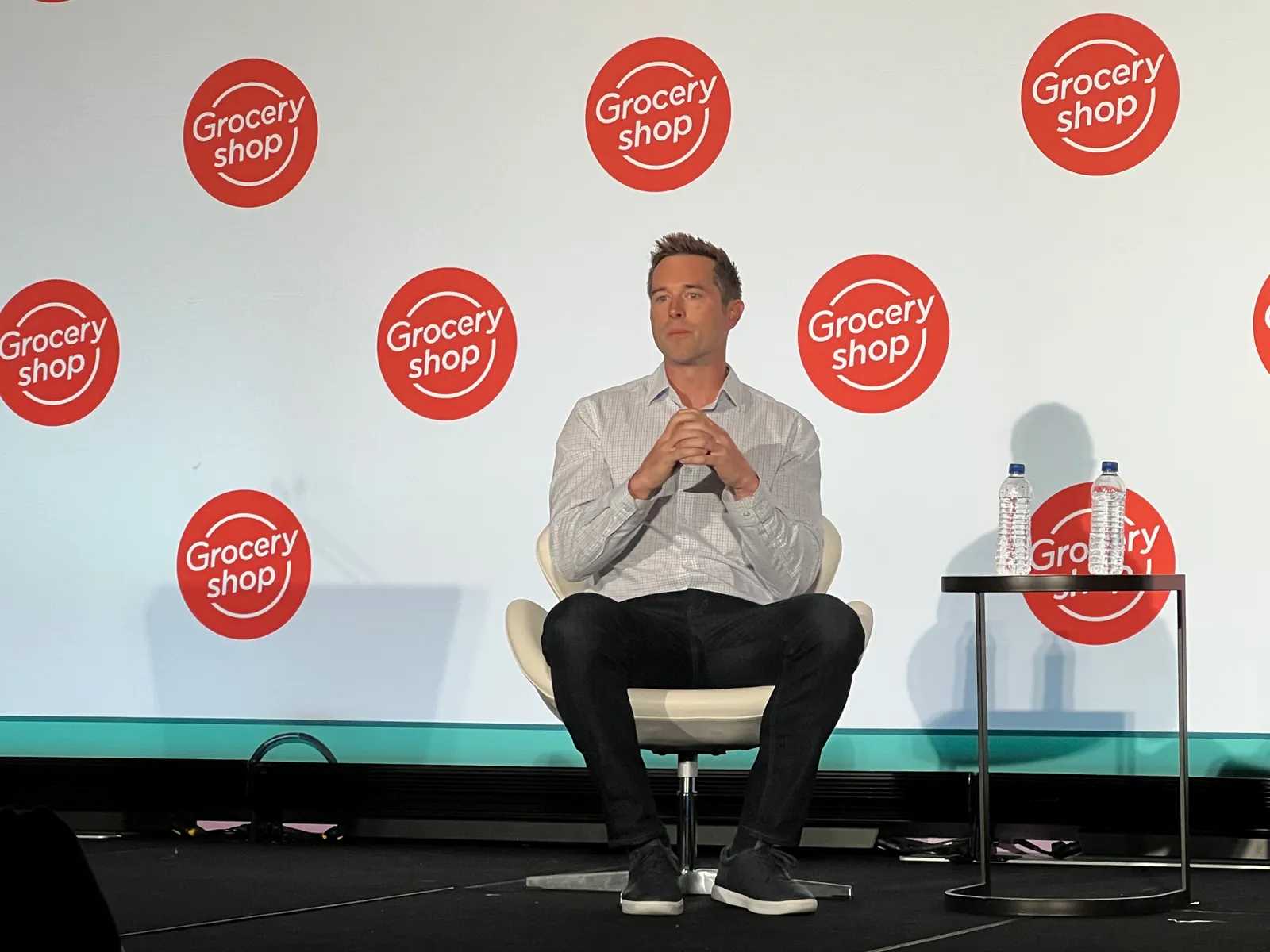
Rice noted retail loyalty programs often center on savings and points accumulation. But many successful programs are about more than just dollar savings. “It really comes down to the experience that you're delivering for your customers. They want to feel valued, and they want to save time,” he said, citing product sampling, fast reordering and exclusive events as examples of non-monetary perks.
Tailoring communications and offers to shoppers should be a focus for c-stores moving forward, panelists noted. Sebastian said he’d like to see Casey’s eventually provide instant personalized offers to shoppers at the pump. But the company has a lot of work to do on data refinement and working with CPG partners before it can get there, he said.
“We're thinking well beyond sitting with a CPG and planning offers six months out. We're thinking about how to use a decision engine to create what I would call offer creation and the next best action for each individual,” he said. “So if someone is at the pump, they fuel up, we've got the data, all their behavior, we should be able to instantly push an offer to them to convert that into an inside shopper.”





